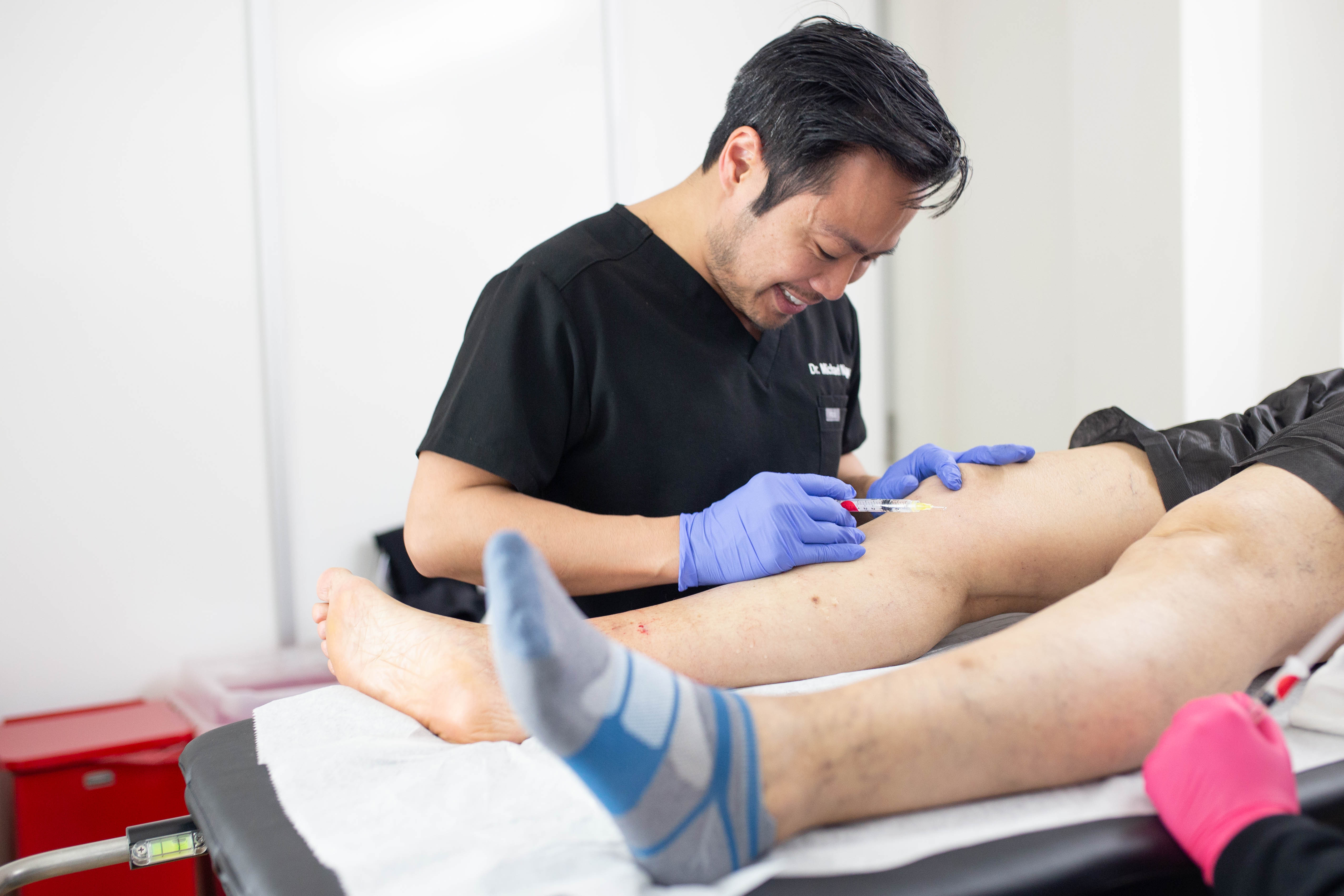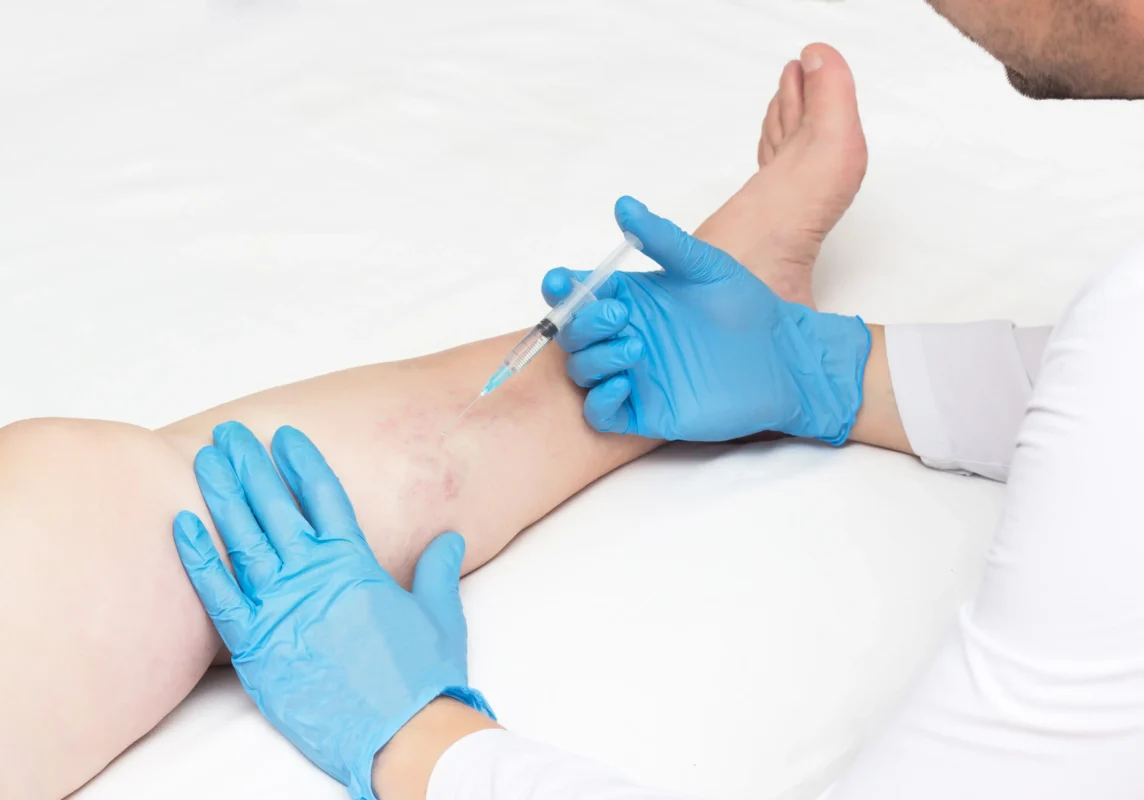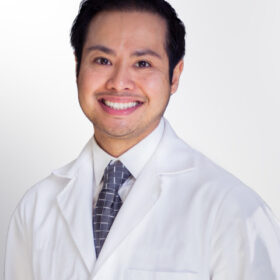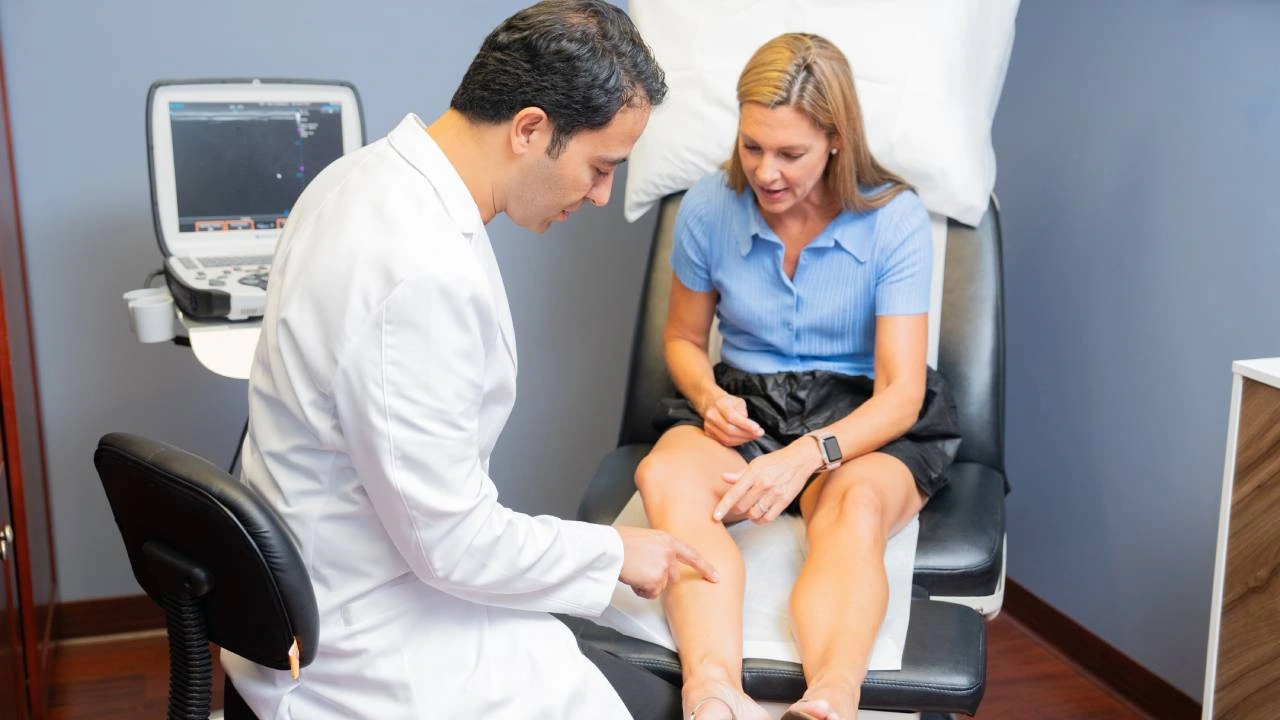Vein Center in Point Pleasant: What’s the best minimally invasive treatment plan for varicose veins?
Varicose veins are dense ropes of knotted and tangled blood vessels that bulge from the skin’s surface. Most people think varicose veins are a cosmetic problem with no serious consequences, but that’s incorrect. Varicose veins are usually caused by underlying venous insufficiency, a serious circulatory disorder in which your vein valves collapse and blood accumulate in your leg veins.
If you have varicose veins, you must consult a vein center in Point Pleasant, NJ, immediately. If you don’t consult a vein clinic, your varicose veins will continue expanding due to the continued accumulation of blood in your leg veins. Over time, you may also suffer from other complications, such as leg ulcers, skin disease, skin discoloration, and deep vein thrombosis. Venous insufficiency is a chronic condition, so it worsens over time.

Vein Treatment Clinic is widely considered the best vein clinic near Point Pleasant, NJ. But don’t take our word for it — you can go through our 5-star ratings and reviews for yourself! Our vein clinic has a perfect track record with minimally invasive treatments for varicose veins, and we curate a treatment plan ideally suited to your specific needs. You can find our vein clinic near the Garden State Plaza just off NJ-17, less than an hour’s drive from Point Pleasant Beach via the Garden State Parkway.
If you have any concerns, you can schedule an appointment or drive over to our vein clinic from Point Pleasant, NJ. You can also read the rest of this article for a step-by-step overview of what you can expect from minimally invasive vein treatments.

If you have any concerns, you can schedule an appointment or drive over to our vein clinic from Point Pleasant, NJ. You can also read the rest of this article for a step-by-step overview of what you can expect from minimally invasive vein treatments.
Step 1: Examination of Varicose Veins
Varicose veins look like a dense mass of knotted and tangled ropes that protrude from your skin’s surface. As mentioned previously, varicose veins are usually caused by underlying venous insufficiency, so they’re usually accompanied by other vein problems.
During your initial consultation, the vein doctor examines your varicose veins to identify all the signs and symptoms of vein disease. The vein doctor will also discuss your medical history, and they’ll ask if you’re experiencing leg pain, restless legs, leg heaviness, or other such symptoms.
Step 2: Diagnosing Vein Disease
After the initial discussion, the vein doctor will administer a vascular imaging test called Duplex Ultrasound. During this step, the vein doctor will use vascular imaging to project a visual image of the blood flow in your leg veins on a computer screen. This will help them identify vein disease and the problematic saphenous vein responsible for the varicose veins.
Step 3: Curating a Minimally Invasive Treatment Plan
After diagnosing underlying venous insufficiency, the vein doctor will curate the ideal minimally invasive treatment plan. The vein doctor will discuss your cosmetic goals, lifestyle, budget, and insurance plans to recommend the ideal minimally invasive treatment plan for your specific needs.
If you have underlying venous insufficiency, the vein doctor will recommend radiofrequency ablation, endovenous laser ablation, or VenaSeal as the primary vein treatment. After the primary vein treatment, the vein doctor may recommend sclerotherapy or ambulatory phlebectomy to remove the superficial varicose veins and spider veins.
Step 4: Minimally Invasive Varicose Vein Treatments
The vein doctor will start with minimally invasive varicose vein treatments, such as radiofrequency ablation, endovenous laser ablation, and VenaSeal. These procedures are used to treat the diseased saphenous vein — there’s no point removing the superficial varicose veins without addressing the primary root cause.
During these varicose vein treatments, the vein doctor will deliver thermal energy (radiofrequency ablation), laser energy (endovenous laser ablation), or medical adhesives (VenaSeal) into the diseased saphenous vein, either through a catheter or injection. The vein doctor will use vascular imaging to ensure they target the correct saphenous vein.
These vein treatments either collapse or seal the diseased vein’s walls. Once the diseased vein is neutralized, the accumulated blood automatically reroutes to healthier veins, restoring smooth blood circulation to the heart. The diseased vein hardens and eventually gets absorbed by the body.
Step 5: Treatment Plan for Superficial Varicose Veins
The aforementioned vein treatments address the underlying venous insufficiency, but they don’t automatically remove the superficial varicose veins and spider veins. That’s where ambulatory phlebectomy and sclerotherapy come in.
Ambulatory phlebectomy is a minimally invasive procedure that involves the physical removal of superficial varicose veins through incisions on the skin’s surface. Sclerotherapy is a minimally invasive procedure that involves the injection of a medicine into the spider veins to seal their vein walls, turning them into hardened scar tissues that eventually get absorbed by the body, fading away.
Ambulatory phlebectomy and sclerotherapy are minimally invasive cosmetic procedures that only remove the superficial varicose veins and spider veins. As such, they’re not medically necessary, and they’re not covered by insurance plans.
Schedule an appointment with our vein clinic near Point Pleasant, NJ.
Vein Treatment Clinic, Paramus, is the best state-of-the-art vein clinic near Point Pleasant, NJ, located less than an hour’s drive from the Point Pleasant Beach. For more information, please schedule an appointment with our vein clinic today.
To learn more about our accredited vein centers, please visit www.veintreatmentclinic.com. Our spider and varicose vein treatment clinics are certified by the IAC as vascular imaging centers and vein treatment centers of excellence. We have local affiliates in New York, Long Island, New Jersey, Texas and California, all of which are held to the highest standards of patient-centered, compassionate, care. We offer the latest technology at every location, and our harvard-trained medical directors lead a collaborative effort to ensure the best outcome for every patient we meet.








